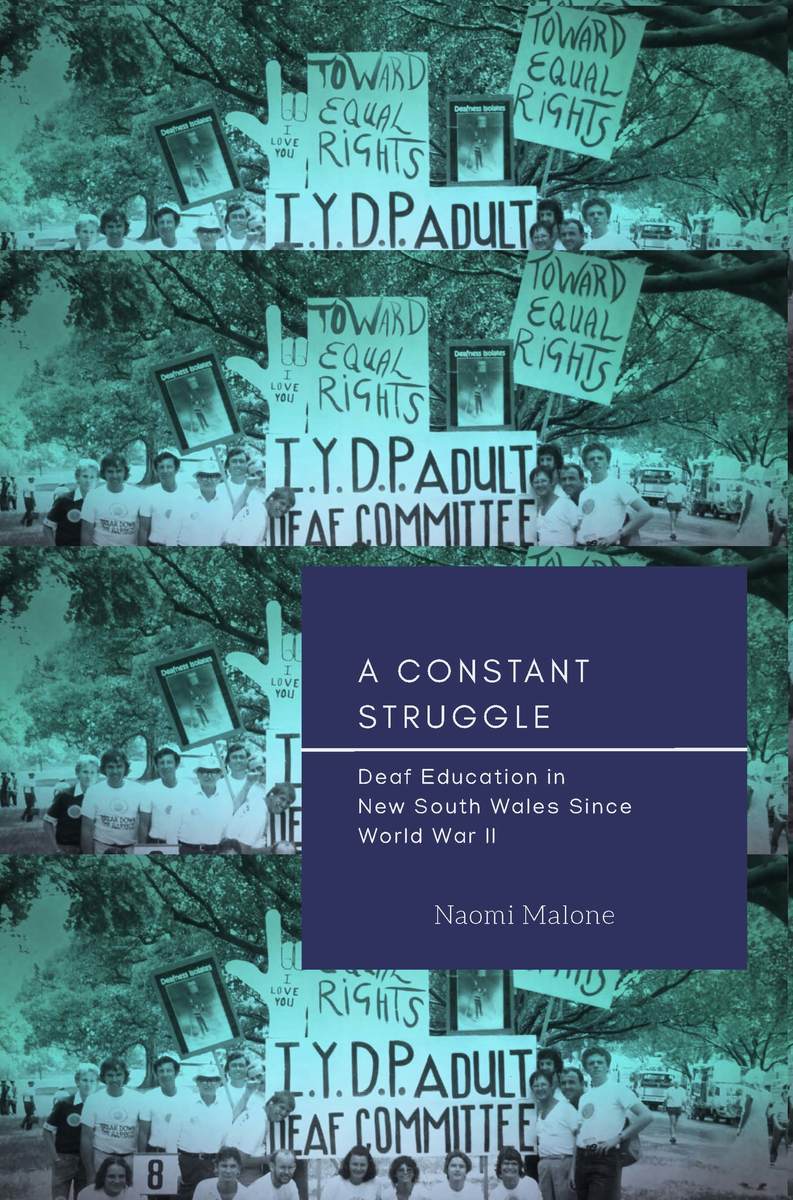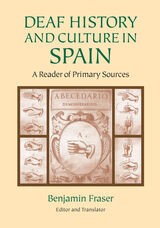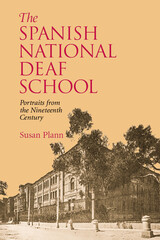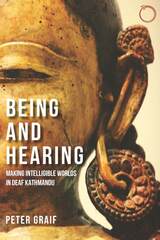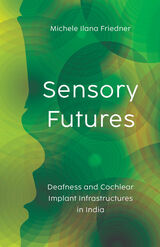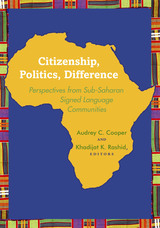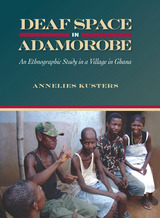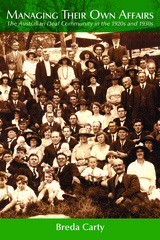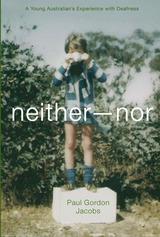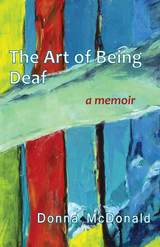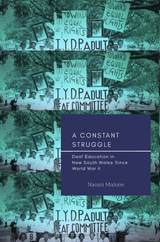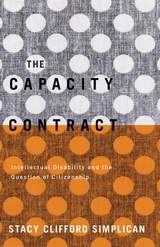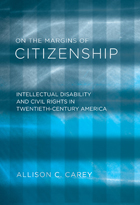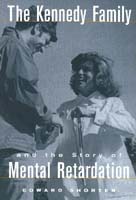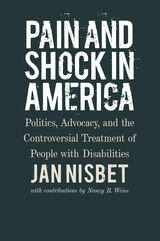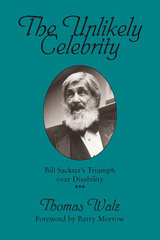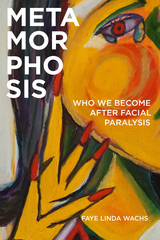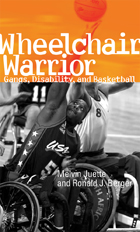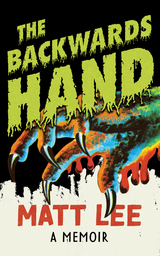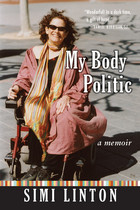A Constant Struggle: Deaf Education in New South Wales Since World War II
Gallaudet University Press, 2019
Paper: 978-1-944838-49-2 | eISBN: 978-1-944838-50-8
Library of Congress Classification HV2944.N4M35 2019
Dewey Decimal Classification 371.91209941
Paper: 978-1-944838-49-2 | eISBN: 978-1-944838-50-8
Library of Congress Classification HV2944.N4M35 2019
Dewey Decimal Classification 371.91209941
ABOUT THIS BOOK | AUTHOR BIOGRAPHY | REVIEWS | TOC | REQUEST ACCESSIBLE FILE
ABOUT THIS BOOK
Deaf education in New South Wales has made tremendous progress since the end of World War II, yet issues remain for students from their early years of education through secondary high school. Naomi Malone traces the roots of these issues and argues that they persist due to the historical fragmentation within deaf education regarding oralism (teaching via spoken language) and manualism (teaching via sign language). She considers the early prevalence of oralism in schools for deaf students, the integration of deaf students into mainstream classrooms, the recognition of Australian Sign Language as a language, and the growing awareness of the diversity of deaf students. Malone’s historical assessments are augmented by interviews with former students and contextualized with explanations of concurrent political and social events. She posits that deaf people must be consulted about their educational experiences and that they must form a united social movement to better advocate for improved deaf education, regardless of communication approach.
See other books on: Australia | Communicative Disorders | Deaf | Inclusive Education | Special Education
See other titles from Gallaudet University Press
